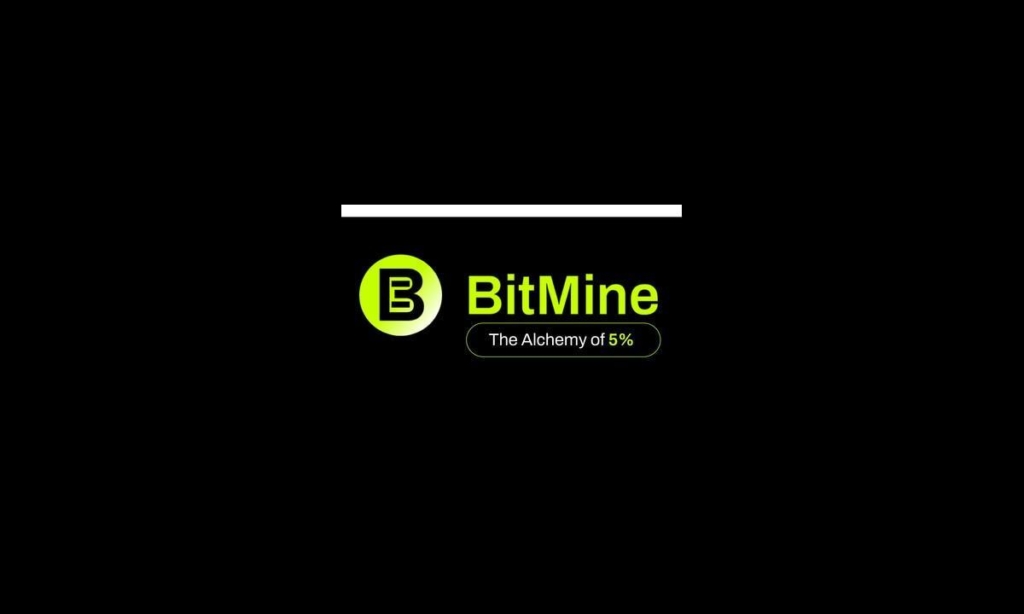Ethereum co-founder Vitalik Buterin’s account on the X platform (formerly known as Twitter) was compromised during the late hours of September 9.
The breach was confirmed by Vitalik’s father, Dmitriy Buterin, through his own X account.
The hacker who gained access to Vitalik’s account wasted no time using it for malicious purposes. They posted a phishing link that was designed to steal both cryptocurrency and non-fungible tokens (NFTs) from unsuspecting users’ wallets.
According to blockchain sleuth ZachXBT, the hacker successfully siphoned off approximately $691,000 worth of assets from their victims.
The now-deleted phishing post was cunningly crafted to appear as a celebration of “Proto-Danksharding coming to Ethereum.”
It enticed victims with the promise of a free commemorative NFT and included a link to mint this supposed NFT. To add urgency to their scheme, the hacker set a 24-hour time limit, pressuring victims to act swiftly.
One high-profile victim of this attack was Ethereum developer Bok Khoo, who had a CryptoPunk NFT valued at 153 ETH (approximately $250,000) stolen.
The thief has already sold off most of the pilfered NFTs, although a significant portion of the proceeds still resides in the hacker’s wallet.
In the wake of this security breach, a user on the X platform pointed fingers at Vitalik, alleging that his negligence played a role in the attack.
The user called for Vitalik to take responsibility and compensate those who suffered losses, stating, “@vitalikbuterin you have more than enough personal wealth to make affected users whole.
If the founder of any other traditional finance platform posted links that resulted in fraud, that platform would be obligated to do the same or risk facing a class action lawsuit.”
Moreover, the user suggested that the hack might have occurred due to a SIM swap, a method wherein attackers convince a mobile carrier to transfer a victim’s phone number to a new SIM card.
However, ZachXBT cautioned against making assumptions, noting that Vitalik is a significant target, and the breach could have involved insider collaboration or other techniques.



